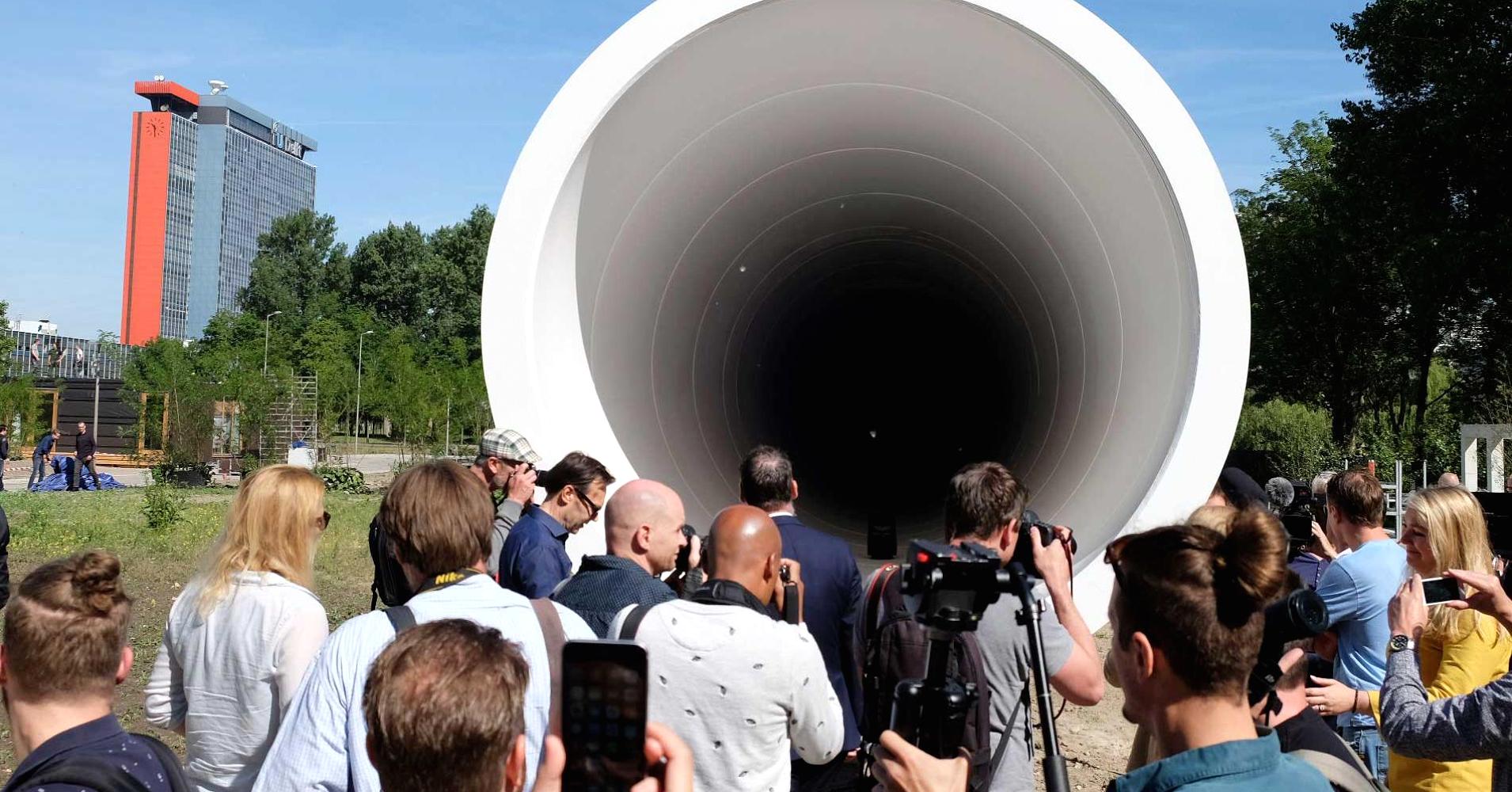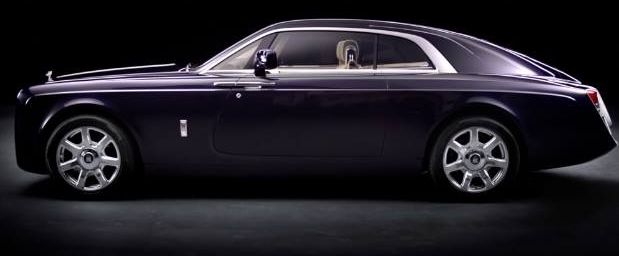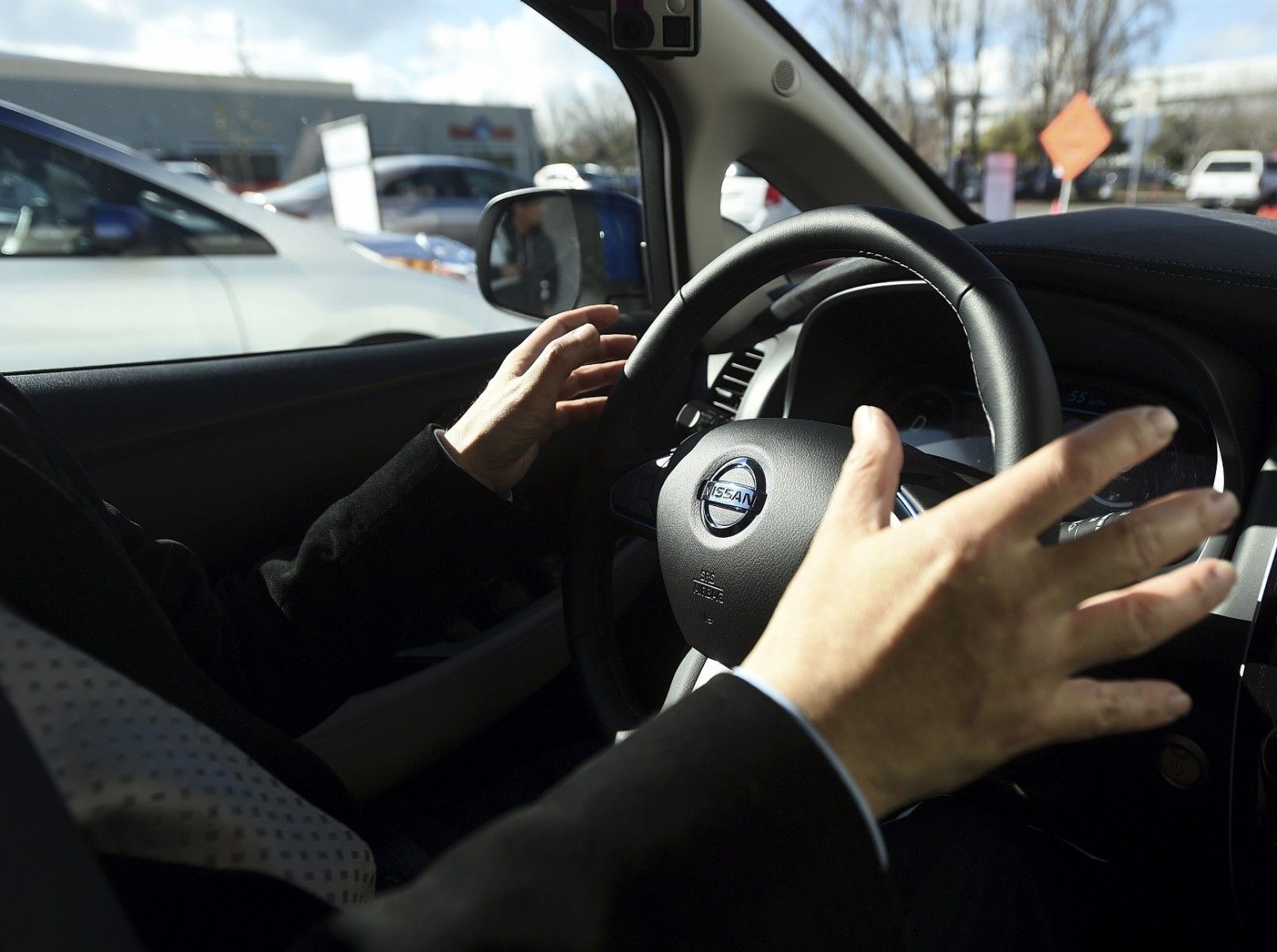Hardt is redefining global mobility with on-demand high-speed transportation for everyone. We are Europe’s leading company developing a system like hyperloop to bring you anywhere at anytime.



A Dutch tech startup and a construction company on Thursday unveiled a Hyperloop test facility, a steel tube that will be used to help develop the futuristic high-speed transportation system.
It is a first step toward developing the system in the Netherlands, a key European transportation transport hub, and beyond.
“It’s our goal to let it be available for the daily commuter,” said Tim Houter, CEO of Hardt Global Mobility, which is working on the project with construction company BAM. He described the concept as “a sort of on-demand, high-speed transportation system for everyone.”


Microsoft co-founder Paul Allen unveiled the world’s largest aircraft on Wednesday.
The massive plane rolled out by Allen’s aerospace firm, Stratolaunch Systems, features the longest wingspan of any aircraft ever built, according to Popular Mechanics.
With a wingspan of 385 feet, the six-engine plane will be larger than Howard Hughes’ 1947 H-4 Hercules, known as the ‘Spruce Goose,’ and the Antonov An-225, a Soviet-era cargo plane originally built to transport the Buran space shuttle that is currently the world’s largest aircraft.
Anticipation is growing for the July release of Tesla’s ‘affordable’ $35,000 Model 3.
Now, the latest shots of Telsa testing the car may have revealed one of its final secrets — what the interior will look like.
The shots, taken near Tesla’s headquarters in Palo Alto, California, reveal the car has a single screen and no traditional instruments.

This robot parks your car for you.

Apple is developing a dedicated processor that will be used to handle AI-related tasks like facial and speech recognition in its products, reports Bloomberg. Citing a source with knowledge of Apple’s plans, the site says the chip is known internally as the “Apple Neural Engine.”
Apple plans to use the chip, which would work alongside the standard processor and the graphics chip, to add more advanced artificial intelligence capabilities into its devices and to offload demanding AI processing tasks that can impact battery life.
An AI-enabled processor would help Cupertino, California-based Apple integrate more advanced capabilities into devices, particularly cars that drive themselves and gadgets that run augmented reality, the technology that superimposes graphics and other information onto a person’s view of the world.